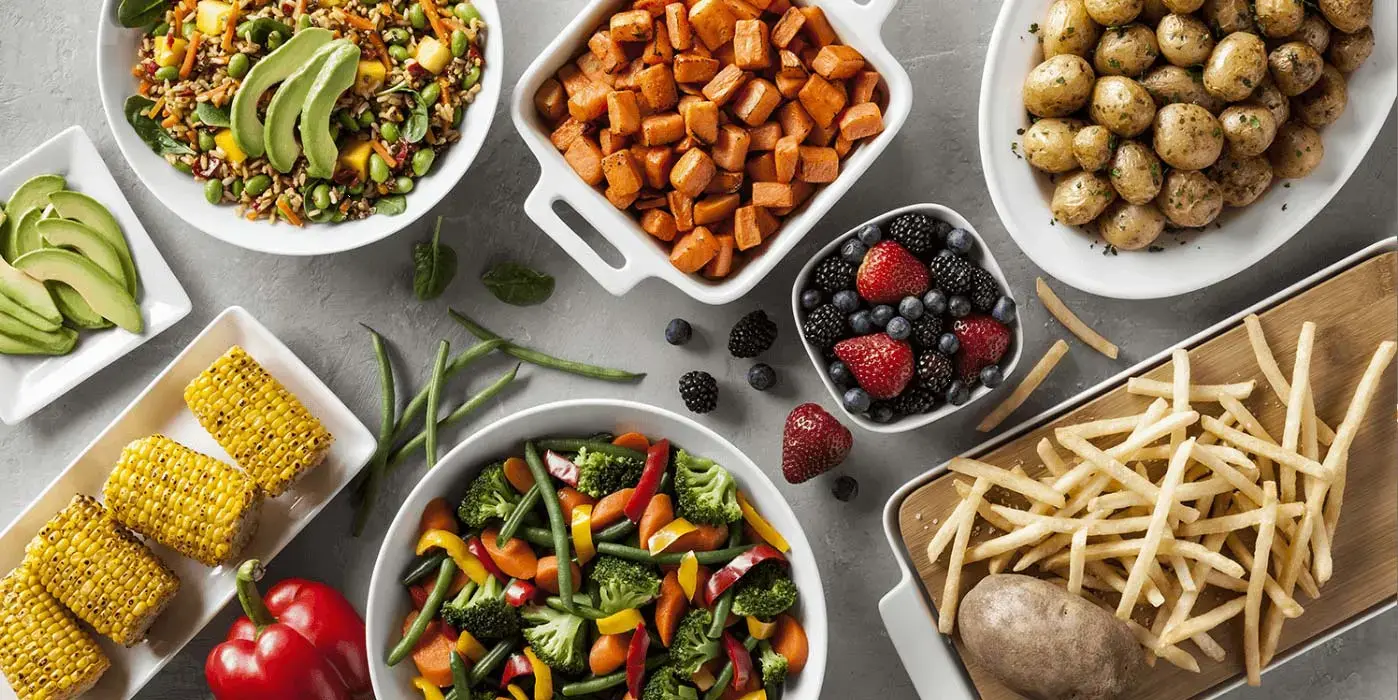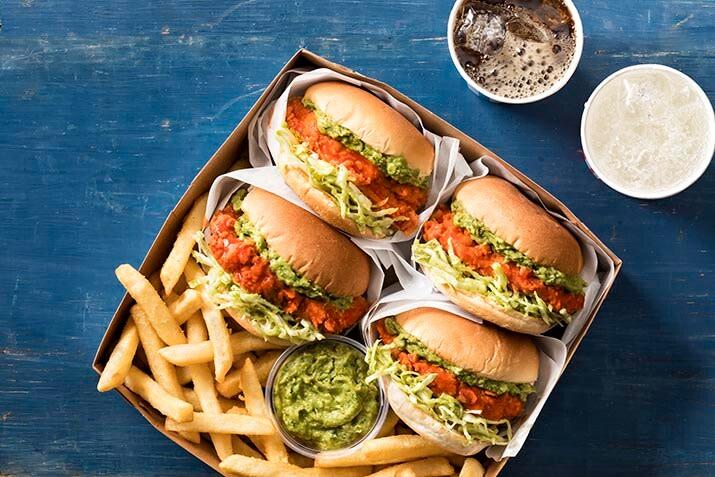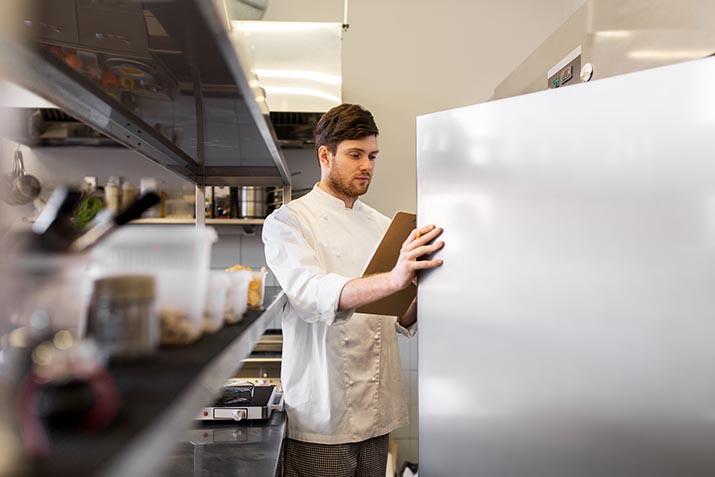News
State of the Consumer: How Dining Habits Are Changing
4/15/2024

In many ways, the U.S. economy is performing beyond expectations with brisk job creation, stock market highs and cooling inflation. Normally, these trends are cause for celebration. But the legacy of the high inflation from 2022 and 2023 stings consumers every time they visit a grocery store.
Compared to February 2020, Americans are paying:1
- 50% more for eggs at retail
- 30% more for bread at retail
- 20% more for milk at retail
Likewise, foodservice operators have raised menu prices in response to rising food and labor costs. Year-over-year menu price increases have slowed but are still substantial: Up 5% for limited-service restaurants and 3% for full-service versus March 2023.2 As at grocery stores, diners are well aware of the difference from a few years ago.
The impact of inflation on consumer behavior
In 2024, 68% of U.S. consumers express concern about inflation and the rising cost of living. This economic anxiety directly impacts their dining habits, with 53% of consumers cutting back on restaurant meals.3 As restaurateurs, understanding this shift is vital for adapting strategies in menu pricing and marketing.
Faced with financial constraints, consumers are modifying their dining behaviors. Nearly one in three are opting for cheaper menu items, and 31% are choosing more affordable venues, such as trading down from fast-casual to quick-service restaurants (QSRs).3 This trend underscores the need for diversified menu options to cater to budget-conscious diners.
Dine-Out motivations in 2024: Cravings and ambiance
Despite economic challenges, 21% of consumers still eat away from home (AFH) primarily to satisfy specific cravings, making it the top reason for dining out.3 Additionally, 19% are motivated by the desire for a unique ambiance and a change of scenery.3 These insights suggest that offering unique, crave-worthy dishes and creating an inviting atmosphere can be effective strategies for attracting diners.
Limited-time offers (LTOs) continue to be a go-to strategy to inject excitement and social media buzz into menus. Simplot offers a full portfolio of innovative, on-trend products to create LTOs that draw traffic without slowing down back-of-house operations.
Here are a few LTO-ready products your customers will love:
Simplot® Maple City™ Waffle Flavored Potatoes: Less than 1% of QSR restaurants offer chicken & waffles despite 46% growth on menus over the last four years.4 Maple City™ Waffle Flavored Waffle Fries and Waffle Bites make it easy for QSR operators to offer a portable version of chicken & waffles to customers on the go. Just add Maple City™ products to the chicken you’re already serving.
Simplot® Simple Goodness™ Premium Vegetables RTE Caramelized-Style Onions: Who doesn’t love caramelized onions on items like chicken sandwiches and burgers? Now you can add that rich flavor across your menu in as little as three minutes —92% faster prep than scratch. Just warm and serve.
Simplot® Harvest Fresh® Flavored Avocado Spreads: Our new spreads are mouthwatering mashups of Hass avocado and chef-inspired ingredients. Two flavors will hit distributors in May: Dill Pickle Avocado (great on burgers, chicken sandwiches and more) and Cucumber Tzatziki Avocado (ideal for wraps, gyros and Mediterranean fare). Looking for simple adds to make your everyday items into crave-able LTOs? This is it.
Consumer response to restaurant cost-management strategies
The majority (63%) of consumers believe minimum wage laws will increase restaurant menu prices.3 Moreover, 39% expect additional fees and charges to be introduced by eateries.3 Although consumers anticipate increases, restaurants must balance managing costs with consumer price sensitivity.
With the introduction of service fees:
- 41% of consumers indicate they would pay the fee but tip less than usual.3
- 27% would reduce their tipping amounts if they knew the workers were paid a higher wage.3
These statistics highlight the complexities surrounding pricing, service fees, and tipping in the current dining landscape.
Dynamic Pricing: Resistance to Surge Pricing Models
Surge or dynamic pricing in restaurants faces considerable resistance, with 59% of consumers less likely to visit a restaurant employing such a pricing strategy.3 Additionally, 62% perceive surge pricing as primarily benefiting the company at the customer's expense.3 This suggests that while dynamic pricing might be a viable option for some establishments, it requires careful consideration and communication with customers.
Strategic takeaways for foodservice professionals
- Menu and pricing flexibility: Cater to a budget-conscious demographic by offering a range of price points and value options.
- Unique offerings and atmosphere: Focus on creating unique, crave-worthy menu items and an inviting ambiance to attract diners. Learn how to stand out.»
- Transparent communication: Clearly communicate any changes in pricing or the introduction of service fees to maintain trust with consumers.
- Considered approach to dynamic pricing:Be mindful of potential customer resistance to surge pricing models and explore if and how to implement it effectively.
In conclusion, the state of the U.S. consumer in 2024 is a mixed picture, presenting both challenges and opportunities for foodservice operators. By staying attuned to consumer trends and economic factors, and adapting strategies accordingly, restaurants can continue to thrive in this changing environment.
1 Los Angeles Times
2 Menu Prices
3 Datassential, Table Stakes Report, March 2024
4 Datassential, MenuTrends, 2023



